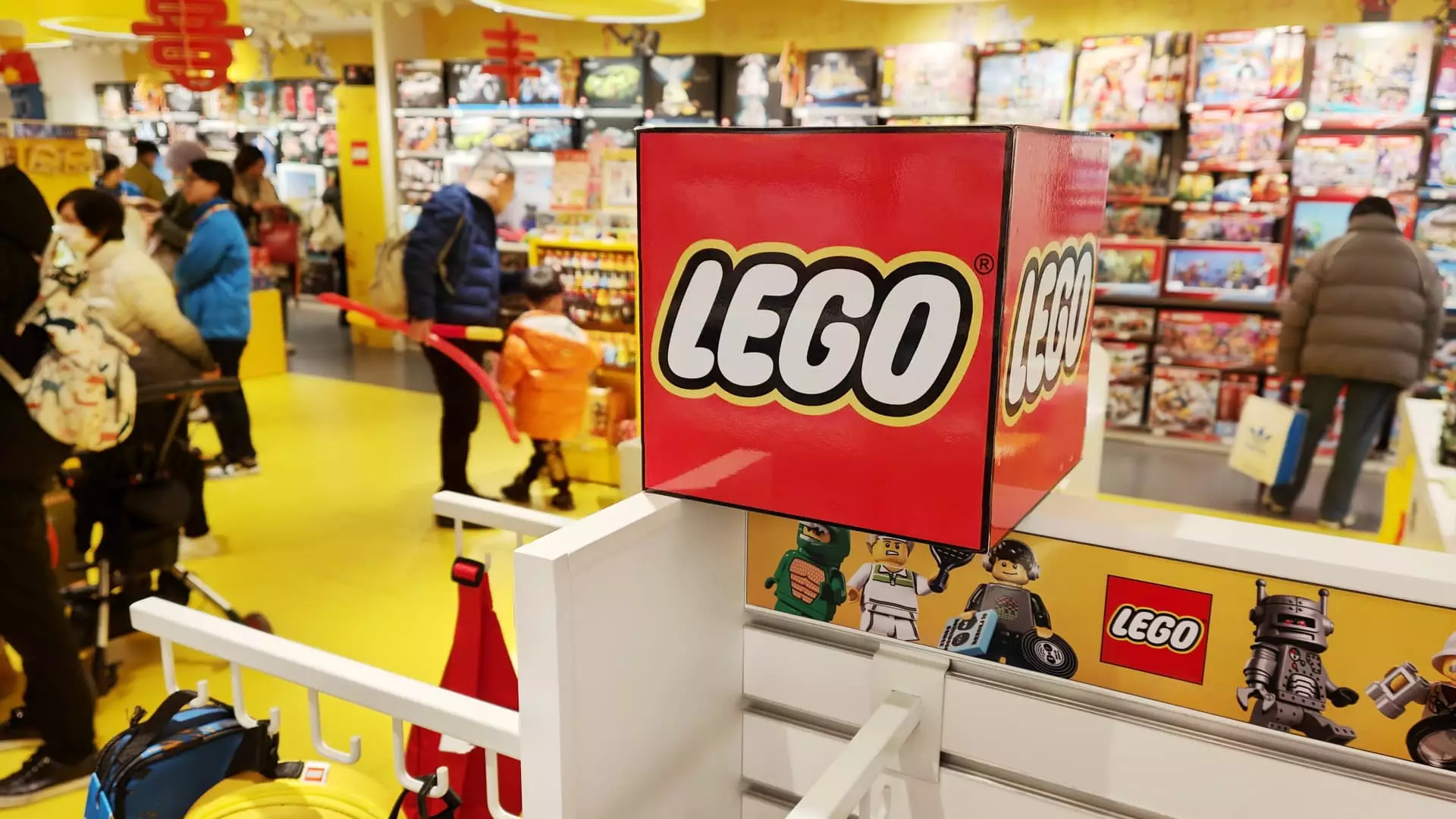In the first half of 2024, the toy industry faced challenges due to inflation, leading to a sales slump. However, Lego managed to defy the odds by reporting a 13% increase in revenue, totaling 31 billion Danish krone or approximately $4.65 billion. Niels Christiansen, the CEO of Lego, attributed this growth to the company’s strong performance across its portfolio, particularly with products like Lego Icons and Lego Creator, as well as its partnership with Epic Games’ Fortnite.
Unlike the previous year where consumers were seen “trading down” to lower-priced sets, Christiansen highlighted that this trend has stabilized, with consumers now focusing on higher volume purchases. This shift in consumer behavior has been beneficial for Lego, allowing them to see growth in volume sales.
In contrast, publicly traded competitors Mattel and Hasbro faced challenges in the same period. Mattel experienced a 1% decline in net sales, while Hasbro reported a significant 21% decrease in net revenue. Mattel’s struggles were attributed to tough comparisons from strong Barbie sales in 2023, while Hasbro continued to feel the impact of divesting eOne.
Lego’s success can be attributed to its diverse product offerings that cater to both children and adults. In addition to sets based on popular franchises like Harry Potter and Star Wars, Lego also offers innovative design options such as building flowers, succulents, famous art pieces, and animals. This variety has resonated well with consumers in the U.S. and Europe, driving strong sales in these regions.
While Lego has seen success in the U.S. and Europe, its sales in China remained flat. Christiansen noted that consumers in China are spending less on higher-priced items and buying less frequently. Despite these challenges, Lego remains committed to the Chinese market, with plans for expansion. The company opened 40 stores in China in the first quarter and intends to open another 60 in the second half of the year, with a focus on sustainability.
Lego has made significant strides in sustainability, nearly doubling the use of renewable and recyclable materials in its products compared to the previous year. Christiansen emphasized that the company is willing to pay a premium for sustainable materials, which in turn incentivizes suppliers to develop more of these products. Despite the increased costs, Lego has not passed them onto consumers, showcasing its dedication to sustainability.
Looking ahead, Lego aims to source half of its raw materials from sustainable sources over the next few years. This commitment to sustainability, coupled with its innovative product offerings and strategic partnerships, positions Lego for continued success in a competitive toy industry landscape.

